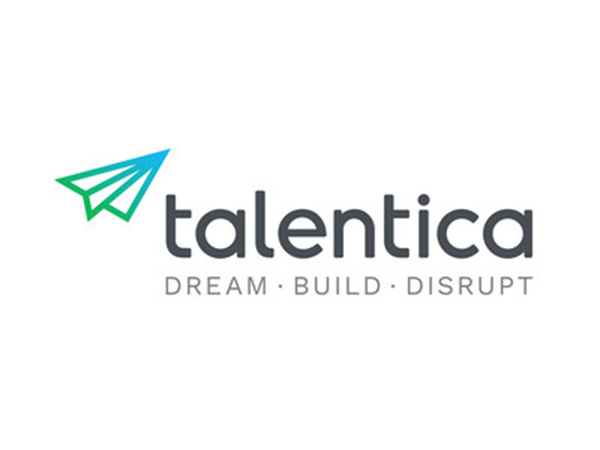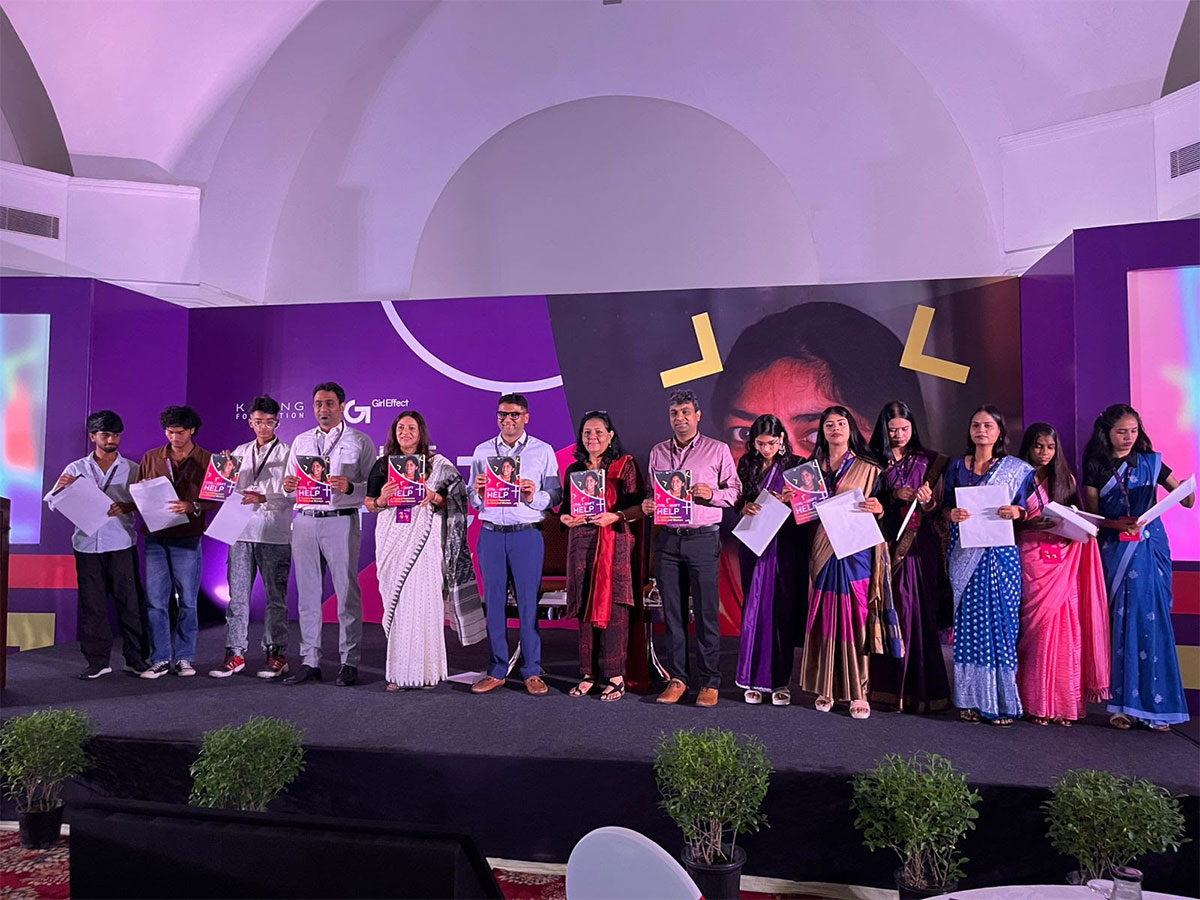AI Revolutionizes Chipmaking: Inverse Lithography Breaks Through Manufacturing Barriers

New Delhi, India – The global semiconductor industry is facing unprecedented challenges, with manufacturing bottlenecks hindering the production of advanced chips. However, a groundbreaking development from Tsinghua University in China offers a beacon of hope: the accelerated evolution of Inverse Lithography Technology (ILT), significantly boosted by the power of Artificial Intelligence (AI). This technology promises to reshape how semiconductors are manufactured, potentially alleviating current supply chain pressures and paving the way for more powerful and efficient electronics.
Understanding the Challenge: Lithography and its Limitations
Lithography, the process of transferring circuit patterns onto silicon wafers, is a cornerstone of semiconductor manufacturing. Traditionally, this involves creating a physical mask – a stencil containing the desired circuit design – and using light to project the pattern onto the wafer. However, as chip designs become increasingly complex and feature sizes shrink to nanometer scales, traditional lithography faces limitations. Creating and manipulating these intricate masks is incredibly expensive and time-consuming, and achieving the required precision becomes increasingly difficult. This is where Inverse Lithography Technology (ILT) steps in.
Inverse Lithography Technology (ILT): A Paradigm Shift
ILT flips the conventional approach on its head. Instead of designing a mask and then projecting it, ILT algorithms, powered by AI, work backward. They analyze the desired circuit pattern on the wafer and then determine the optimal mask design that would produce that pattern. This allows for greater design flexibility and can overcome some of the limitations of traditional mask-making processes.
The AI Advantage: Accelerating ILT's Potential
While ILT held promise, its early implementations were computationally intensive and slow. The Tsinghua University team’s research highlights the transformative impact of AI, specifically Machine Learning (ML), on ILT. AI algorithms are being used to:
- Improve Lithography Modeling: AI can accurately simulate the complex light interactions during lithography, leading to more precise predictions of the final wafer pattern.
- Optimize Mask Design: ML algorithms can rapidly evaluate countless mask designs, identifying the optimal solution that meets performance and manufacturability requirements.
- Reduce Computational Time: AI significantly speeds up the ILT process, making it practical for high-volume chip production.
Implications for the Semiconductor Industry
The advancements in AI-powered ILT have profound implications for the semiconductor industry:
- Reduced Manufacturing Costs: Streamlined mask design and improved process efficiency can significantly lower production costs.
- Increased Design Flexibility: ILT enables the creation of more complex and innovative chip designs.
- Faster Time-to-Market: Accelerated development cycles mean new chips can reach the market faster.
- Mitigation of Supply Chain Issues: By improving manufacturing efficiency, ILT can help alleviate the current semiconductor shortage.
Looking Ahead
While challenges remain in fully implementing ILT across all chip manufacturing processes, the progress driven by AI is undeniable. As AI algorithms become even more sophisticated and computing power continues to increase, we can expect to see even greater adoption of ILT, ushering in a new era of advanced semiconductor manufacturing and solidifying India's position as a key player in the global tech landscape. The research from Tsinghua University provides a roadmap for the future, demonstrating the power of collaboration and innovation in tackling some of the most pressing challenges facing the industry.






